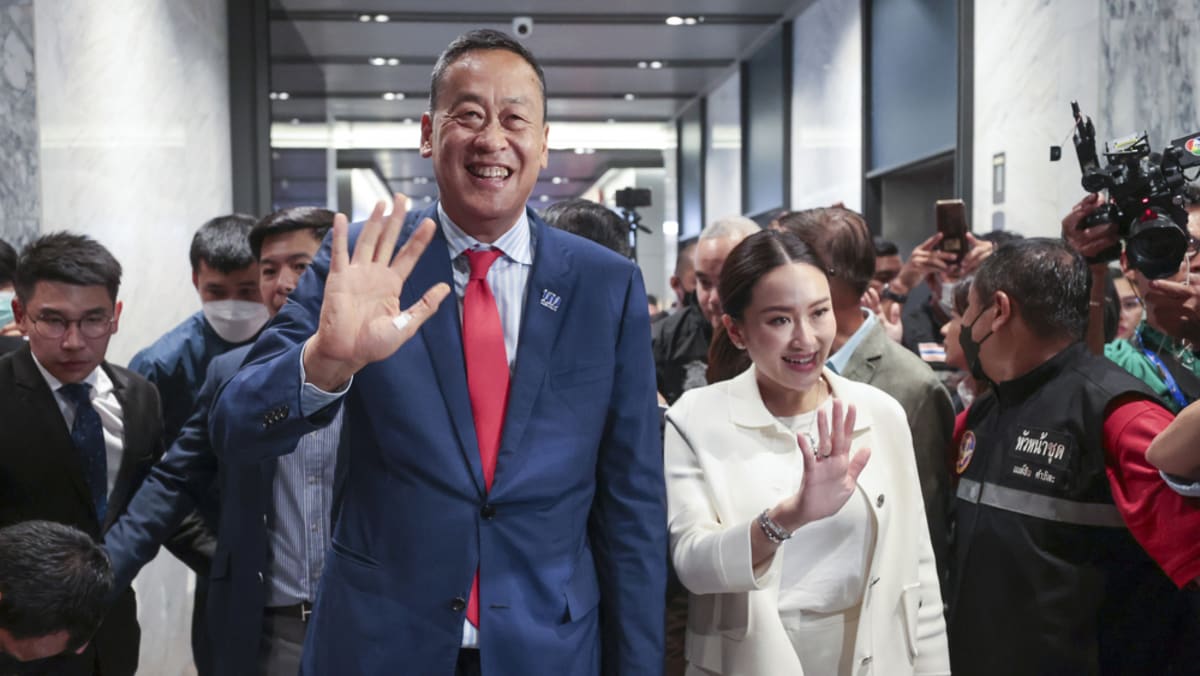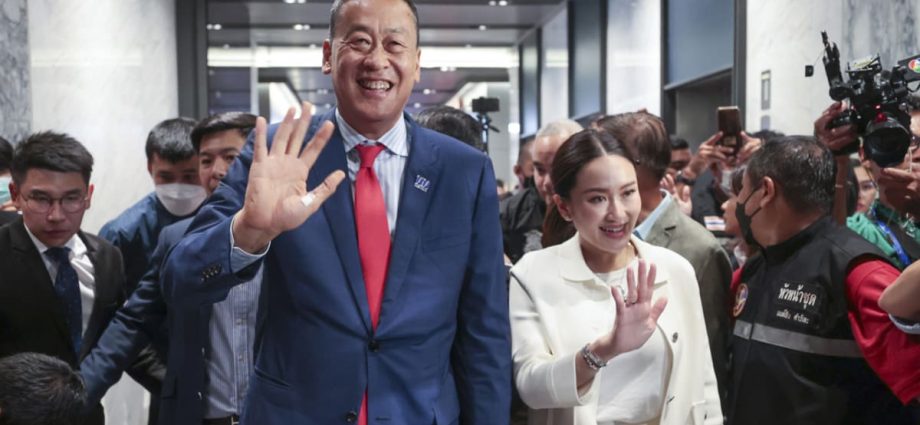
Whatever path Srettha chooses, he must tread carefully. Failure to achieve significant accomplishments, such as the implementation of the ambitious digital wallet scheme, could jeopardise his position as prime minister. Yet, if he exceeds expectations, particularly on the domestic front, he may also face the risk of being replaced, as his successful performance could overshadow Paetongtarn and delay her rise to the premiership.
Furthermore, if Srettha aligns himself too closely with Thaksin, he could face significant public backlash, much like Yingluck. Her government’s attempt to pass a controversial amnesty Bill, which would have allowed Thaksin to return home without facing charges, resulted in widespread protests and, eventually, the 2014 coup d’etat.
On the other hand, if Srettha treads too carefully and does little to please the Shinawatras, he may find himself left in the cold, similar to Samak whose bid to return to power in 2008 after being dislodged by the Constitutional Court was thwarted by his party’s decision to nominate Somchai Wongsawat as his replacement.
Ultimately, Srettha’s lifeline, setting him apart from all previous Thaksinite parties’ prime ministers, may be his status as a political outsider and a classic Thai elite background that places him closer to the traditional centres of power in Thai society – a status that not even Thaksin can lay claim to. The rest depends on his political acumen to leverage this trait, which, as of now, he has demonstrated only indirectly.
Napon Jatusripitak is Visiting Fellow in the Thailand Studies Programme, ISEAS – Yusof Ishak Institute. This commentary first appeared on the Institute’s blog, Fulcrum.

